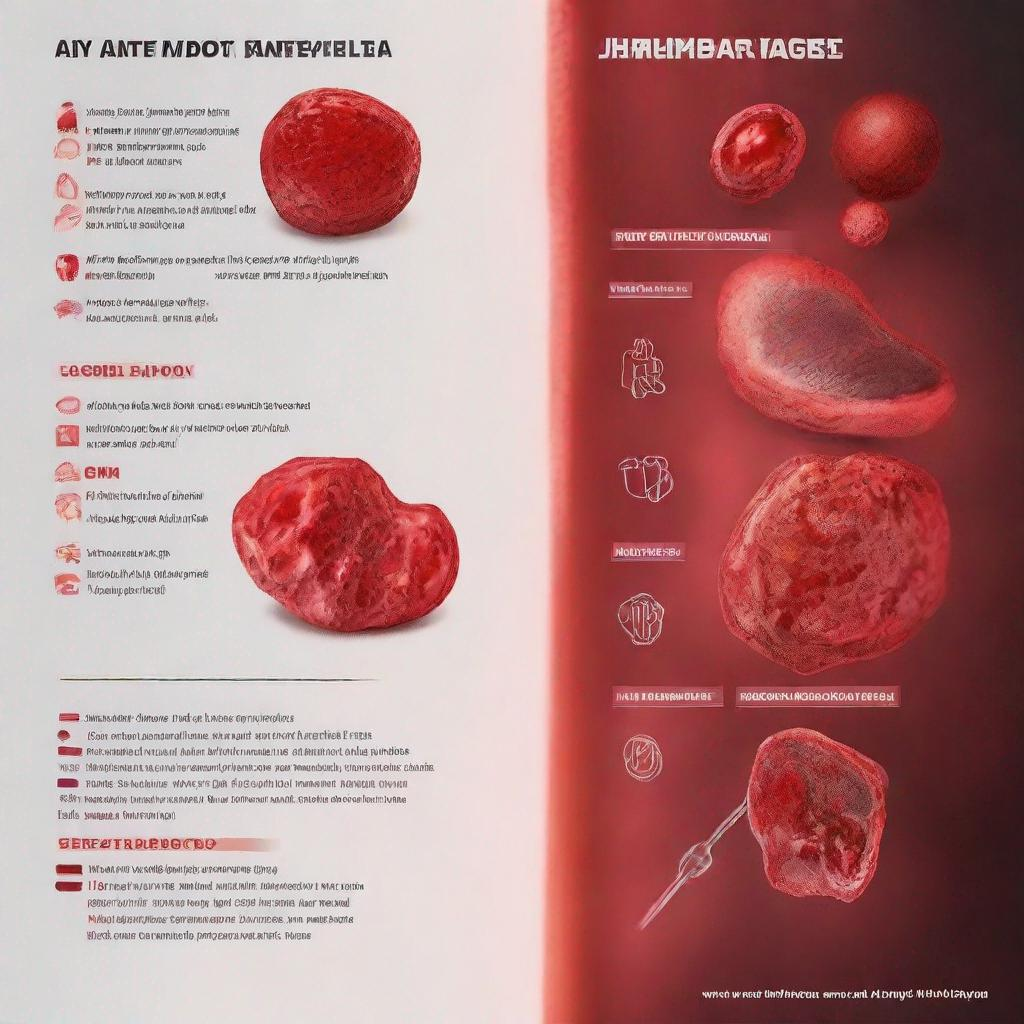## Gout: A Joint-Inflaming Disease
### Introduction
Gout is a common form of inflammatory arthritis caused by excessive uric acid levels in the blood. Uric acid is a waste product of purine metabolism, a substance found in various foods and tissues. When uric acid levels rise abnormally, it can crystallize and accumulate in joints, leading to severe pain and inflammation.
### Symptoms
Gout primarily affects the joints, often targeting the big toe, ankles, knees, feet, hands, and wrists. Common symptoms include:
– Intense joint pain (gout flare)
– Swelling
– Redness
– Warmth
– Tenderness
– Stiffness
### Diagnosis
Diagnosing gout involves a physical examination and laboratory tests. The doctor will assess the affected joint, its appearance, and the patient’s medical history. Specific tests include:
– **Joint Aspiration:** Removing fluid from the joint to examine for uric acid crystals
– **Joint Injection:** Injecting corticosteroids to reduce inflammation
– **X-rays:** To rule out other causes of joint pain, such as fractures
– **Blood Tests:** Measuring uric acid levels and other inflammatory markers
### Prevention
Preventing gout focuses on lowering uric acid levels and maintaining a healthy lifestyle. Key measures include:
– Avoiding foods high in purines (e.g., red meat, organ meats, seafood)
– Limiting alcohol intake
– Maintaining a healthy weight
– Exercising regularly
– Staying well-hydrated
### Treatment
Gout treatment aims to reduce pain, inflammation, and prevent future flares. Common medications include:
– **Colchicine:** A medication that reduces inflammation in the joints
– **Nonsteroidal Anti-Inflammatory Drugs (NSAIDs):** Medications that relieve pain and inflammation, such as ibuprofen or naproxen
– **Glucocorticoids:** Cortisone-based medications that suppress inflammation
– **Uric Acid-Lowering Medications:** Medications that prevent uric acid crystal formation and reduce uric acid levels
– **Lifestyle Modifications:** Diet, exercise, and weight loss can help control uric acid levels and prevent gout flares
### Complications
Untreated gout can lead to complications such as:
– **Tophaceous Gout:** Chronic gout can result in visible lumps (tophi) beneath the skin, containing uric acid crystals
– **Renal Colic:** Uric acid crystals can accumulate in the urinary tract, causing pain and discomfort
– **Uric Acid Nephropathy:** High uric acid levels can damage the kidneys
– **Septic Arthritis:** A bacterial infection in the affected joint can occur if crystals break down and allow bacteria to enter



